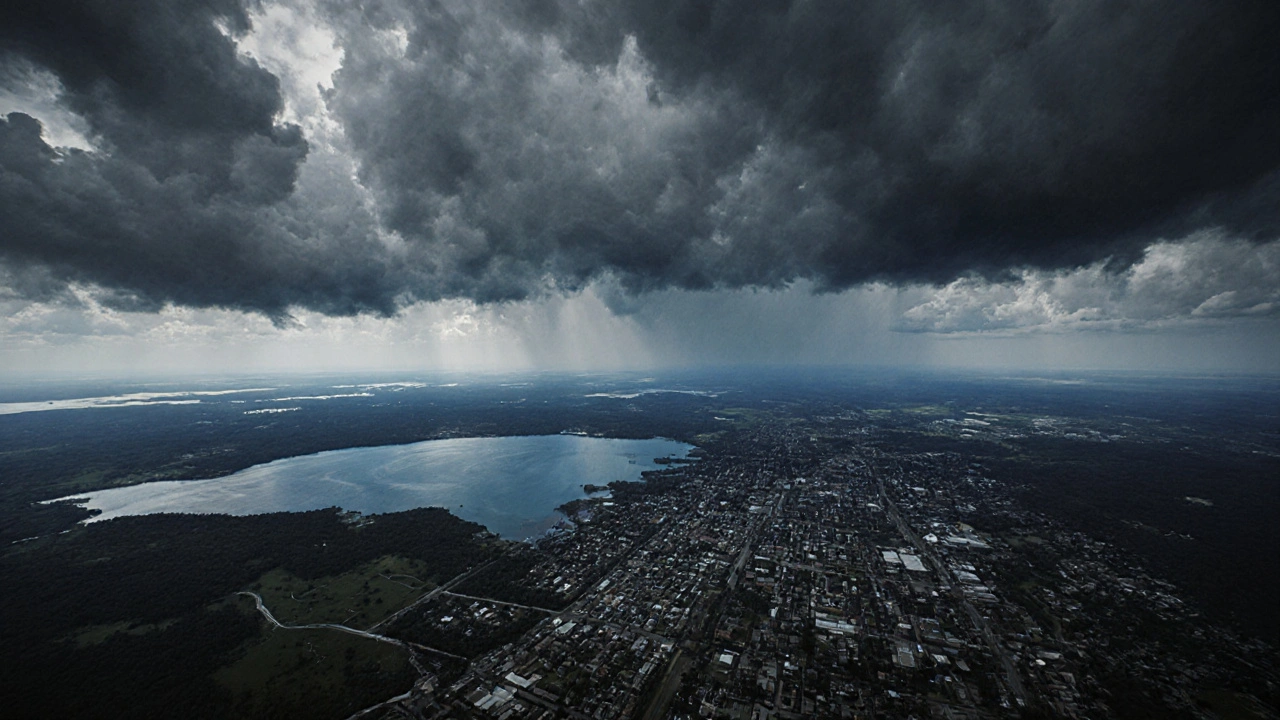Hurricane Safety Kissimmee: What You Need to Know
When talking about hurricane safety Kissimmee, the practice of protecting life and property during tropical storms in the Kissimmee area. Also known as Kissimmee hurricane preparedness, it blends local weather patterns, community resources, and personal planning into a single, actionable strategy.
Core Elements of Emergency Preparedness
Effective Emergency Preparedness, the process of getting ready before a disaster strikes starts with a stocked kit, a communication plan, and a clear understanding of local alerts. In Kissimmee, the National Weather Service issues watches, warnings, and real‑time updates that tie directly into your preparedness checklist. A well‑organized kit should include water, non‑perishable food, flashlights, batteries, a battery‑powered radio, and any prescription meds. Knowing where to find these items quickly saves minutes that can make the difference between safety and danger.
Next up are Evacuation Plans, pre‑determined routes and destinations for leaving an area when a storm threatens. Kissimmee families often rely on municipal evacuation routes that lead to designated shelters or the homes of relatives outside the flood zone. The plan must list multiple exit options because traffic can bottleneck on the main highways (US‑192, I‑4) once a warning is issued. Assign a meeting point for pets and a contact outside the affected area, so everyone knows where to reunite if phones go dark.
While some residents can evacuate, many stay put and depend on Storm Shelters, structures built to protect occupants from high winds and flying debris. Kissimmee offers public shelters at schools and community centers, but private storm‑ready rooms in homes are also common. A good shelter is anchored to the foundation, has reinforced doors, and is stocked with the same essentials as an emergency kit. Knowing the exact location of the nearest shelter—and the capacity limits—helps you act fast when the siren sounds.
Underlying all these actions are the Florida Building Codes, statewide regulations that dictate how homes and businesses must be constructed to withstand hurricanes. Modern code requirements include wind‑rated windows, roof tie‑downs, and impact‑resistant shutters. If you own a home built before 2005, it’s worth consulting a local contractor to retrofit critical components. Upgrading to current code standards doesn’t just boost safety—it can lower insurance premiums and increase resale value.
Local authorities also provide valuable resources that complement personal preparation. The Kissimmee Emergency Management Office runs free workshops on shelter location, evacuation drill simulations, and kit assembly. Their website hosts printable checklists and maps of flood‑prone zones, helping residents visualize risk areas. By attending these events, you’ll learn how city‑wide sirens integrate with the National Weather Service alerts, creating a unified warning system that reaches every neighborhood.
Putting all these pieces together forms a practical roadmap: emergency kits fuel your immediate survival, evacuation plans give you a clear exit, storm shelters offer a safe haven, and building codes ensure your structure can hold up under pressure. Each element influences the next—without a solid kit, you might scramble for supplies during evacuation; without a clear evacuation route, you could get stuck in traffic and miss shelter access. This interconnected approach turns abstract warnings into concrete actions you can take today.
Below you’ll find a curated set of articles that dig deeper into each of these topics. From cost breakdowns of building upgrades to step‑by‑step shelter‑location guides, the posts are designed to give you the detailed know‑how you need to stay safe when the next hurricane approaches.
- October 22 2025
- 15 Comments
- Lucas Harrington
Is Kissimmee Safe During Hurricane Season? 2025 Guide
Learn how safe Kissimmee, Florida is during hurricane season, understand the risks, and get practical steps to stay protected in 2025.
- Kissimmee Florida (24)
- Florida travel (24)
- Disney World Vacations (23)
- Crypto & Blockchain (10)
- Information & Privacy (5)
- Blockchain & Cryptocurrency (4)
- Disney Parks & Tips (3)
- Disney History (3)
- Travel (2)
- Travel Tips (2)
Categories
- December 2025 (16)
- November 2025 (41)
- October 2025 (16)
- September 2025 (6)
- August 2025 (3)
- July 2025 (3)
- June 2025 (2)
- May 2025 (2)
- April 2025 (1)
- March 2025 (6)
- February 2025 (11)
- January 2025 (1)
Archives
- Florida beaches
- Disney World
- Florida
- Kissimmee
- Florida travel
- Kissimmee demographics
- Disney World tips
- Disney vacations
- Disney 100
- theme park tips
- Disney celebration
- tourism
- Kissimmee Florida
- Disney secrets
- Disney history
- travel
- Disney World crowd calendar
- Disney World cost
- Disney World budget
- Kissimmee cost of living

